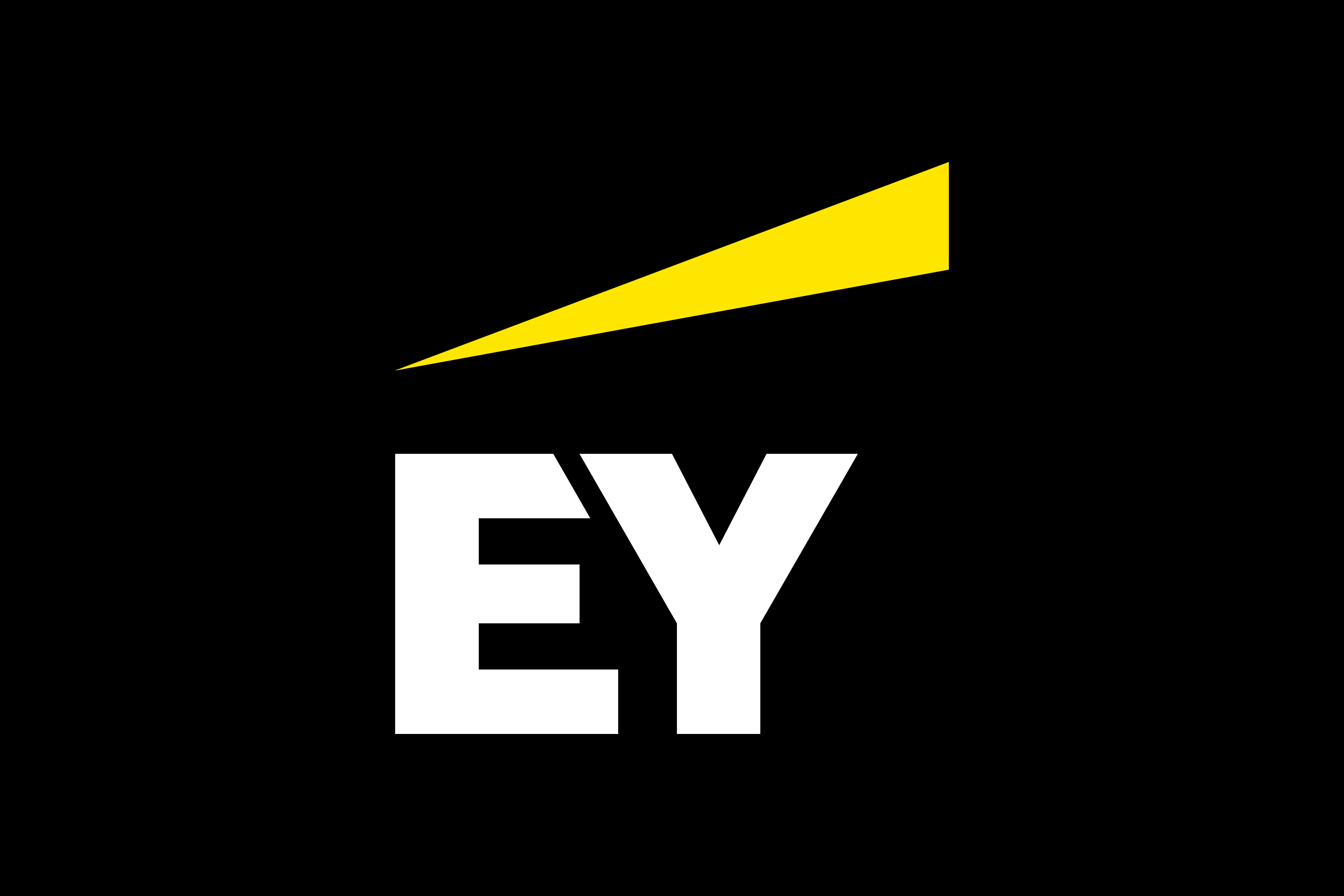EY refers to the global organization, and may refer to one or more, of the member firms of Ernst & Young Global Limited, each of which is a separate legal entity. Ernst & Young Global Limited, a UK company limited by guarantee, does not provide services to clients.

Creating long-term value by reforming human capital management practices
Striving to build globally shared HR systems and an HR database
Currently, all companies must address the issue of sustainability management. Human capital investment is positioned as an essential element to realize this. Companies need to ensure complete information disclosure about human capital in order to communicate their engagement to stakeholders.
Since 2019, EY Strategy and Consulting Co., Ltd. (abbreviated to EY Strategy and Consulting) has provided ongoing support to Sysmex Corporation (hereinafter, Sysmex) to advance its human capital management. Sysmex is a manufacturer of medical devices established in 1968 with the mission of “shaping the advancement of healthcare.” Its primary products include testing devices and reagents, with the business serving 190 countries around the world.
At present, Sysmex is working to achieve its Long-Term Corporate Strategy, for the period to FY2033. The Sysmex strategy positions human capital as a source of corporate value creation. The company aims to become an organization that can generate innovation by strengthening its human capital strategy.
Between FY2010 and FY2015, Sysmex achieved successive years of record profits. During this period, sales volumes roughly doubled while the number of employees grew to 1.5 times its initial size. In the years that followed, although Sysmex invested in facilities and R&D aimed at further expanding its business, investment in human capital remained at roughly the same level as before. As a result, the level of value-added productivity per person, which had soared in the period to FY2015, barely grew in the years that followed.
As a consequence, Sysmex began in 2019 the reform of its human resource management practices with a focus on a job-based HR system. In its medium-term management plan released in May 2019, the company positioned and implemented the introduction of global shared HR systems and the construction of a global HR database as priority measures.
In response, in 2019 Sysmex began the reform of its human capital management practices with a focus on a job-based HR system. In its medium-term management plan released in May 2019, the company positioned and implemented the introduction of global shared HR systems and the construction of a global HR database as priority measures.
As interest in human capital management has increased in recent years, Sysmex is now building a framework for quantitatively measuring the effects of action taken to enhance productivity and engagement, disclosing appropriate information, and defining ongoing improvements as a major issue.

Prioritizing employee understanding and ensuring effectiveness when designing new systems
Sysmex’s human capital management reforms had four main objectives: (1) optimize employee placement, (2) secure highly specialized personnel and future leaders, (3) adapt to diverse employee values, and (4) visualize human capital and create a cycle for improvement. In addition to concentrating and accelerating investment in new businesses, such as medical robots, the company also needed to ensure that its employees were deployed appropriately in order to ensure the global growth of existing businesses.
At the same time, Sysmex worked urgently to secure the professional talent and next generation of leaders needed to advance its new businesses. As its workforce became more diverse, the company also started to move away from its previous “one-size-fits-all” approach to human capital management.
In this context, EY Strategy and Consulting has provided Sysmex with global talent management proposals that take into account system implementation from the very beginning. When designing the job-based HR system that is central to its efforts, we emphasized the importance of gaining employee understanding while enabling systems to function consistently. As a result, rather than retaining existing frameworks, we carried out a series of interviews with executives in related corporate fields. Traditionally, Japanese companies have mostly used membership-based HR systems in which the number of positions grows during phases of company-wide rapid growth. However, we proposed a transition to job-type systems in order to ensure continued stable growth as the company continues to evolve.
Taking this proposal into account, Sysmex introduced a globally shared job-based HR system for management and specialist employees in April 2020, extending it to all employees in October 2021. Only two years later, (in October 2023), it also acquired ISO30414 certification which is the International Organization for Standardization’s measure for management systems that provide guidelines for the disclosure of information concerning human capital.
The objective for achieving this certification was to demonstrate the effort being made for human capital management. For each individual metric in the standard, Sysmex analyzed the gap between the ISO recommendations and the direction of management and HR strategies and the state of operations. This enabled the company to consider measures for improving each metric, and led to it receiving the certification. This marked a significant milestone in Sysmex’s efforts to build a human capital database and HR management systems.

Raising employee motivation to achieve a leap in value-added productivity
Sysmex achieved ISO30414 certification through the release of the Sustainability Data Book, which discloses information regarding human capital, as well as other key management factors such as the environment. The majority of companies acquire this certification by releasing this kind of information within a Human Capital Report, which focuses on human capital aimed at external stakeholders. As this is not a standard approach, EY Strategy and Consulting selected a more realistic proposition.
To ensure that the series of human capital management reforms implemented by Sysmex are not merely temporary measures, the company has launched an ongoing process for human capital visualization through a continuous cycle of data collection, identification of issues, and improvement. This maximizes the value of human capital, which has been one of the biggest features of the reforms. Since starting these reforms, Sysmex has made a significant increase in its investment in human capital. In addition, while bonuses were previously linked to performance in terms of business results, the company has since revised the bonus system to now link results to value-added productivity.
This transformation has raised employee motivation and, as a result, produced a jump in value-added productivity. An engagement survey of Sysmex employees also revealed that approximately 50% of employees agreed with the statement “I am highly motivated and I want to work at Sysmex in the long-term.”

Comment from EY
“Although not an on-balance sheet item for the purpose of accounting, human capital is a source of future economic value creation. Even before the term “human capital management” started attracting attention, Sysmex was aligning its management strategy and human resource management reforms in order to maximize the value of the group’s overall human capital and to create an environment where diverse employees could flourish. The foundations for this far-sighted engagement were its firm vision for its people and the creation of mechanisms for quantitative measurement and continual improvement. At present, many companies wish to enhance the value of their human capital, but there are still very few cases where it is possible to quantify the impact on and correlation with future economic value. A human capital strategy should be unique to each company, but Sysmex’s approach of tying its human capital strategy to its management and business strategies should provide inspiration for many companies. We will continue to stand by our clients and support them in solving management strategy challenges.”
Summary
Sysmex was struggling to raise the level of value-added productivity per person following a period of limited investment in its human capital. In response, in 2019, the company began the reform of its human capital management practices with a focus on a job-based HR system. EY Strategy and Consulting has supported this process from the outset.


